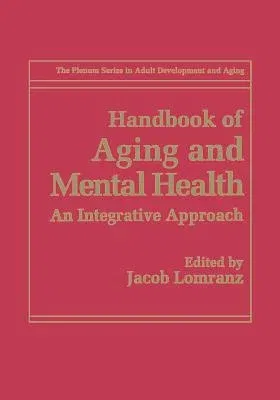Handbook of Aging and Mental Health: An Integrative Approach (Softcover Reprint of the Original 1st 1998)Paperback - Softcover Reprint of the Original 1st 1998, 16 June 2013

Qty
1
Turbo
Ships in 2 - 3 days
Only 3 left
Free Delivery
Cash on Delivery
15 Days
Free Returns
Secure Checkout
Part of Series
The Springer Adult Development and Aging
Part of Series
Springer Series in Adult Development and Aging
Print Length
539 pages
Language
English
Publisher
Springer
Date Published
16 Jun 2013
ISBN-10
1489901000
ISBN-13
9781489901002
Description
Product Details
Book Edition:
Softcover Reprint of the Original 1st 1998
Book Format:
Paperback
Country of Origin:
NL
Date Published:
16 June 2013
Dimensions:
25.4 x
17.78 x
2.9 cm
ISBN-10:
1489901000
ISBN-13:
9781489901002
Language:
English
Location:
New York, NY
Pages:
539
Publisher:
Weight:
957.08 gm

